LEARNING AIM A
Task 4: Techniques
The straight cut is the simplest way of getting from shot A to shot B. It is the continuation of one shot too another in the same place and at the same time.

Dissolves: are a progressive transition from one picture to another, with the first image gradually disappearing while the second image appears. A dissolve is an alternative to a straight cut, which is a transition that leaps to the following shot or scene quickly.
Washes: A wash is created when the whole frame of an image is engulfed with color, allowing you to wash in or out.
Wipes: A wipe is a form of cinema transition in which one shot replaces another by crossing the frame from one side to the other.
Parallel Editing: Parallel editing is a post-production video editing process in which various scenes are intercut together to depict a plot from multiple perspectives.
Quick Cuts: A rapid cut is a film editing method that refers to a series of short-duration shots. It may be used to communicate a lot of information fast or to depict either energy or disorder.
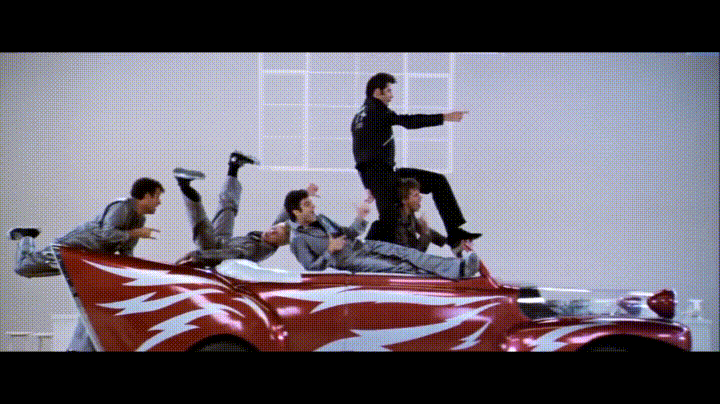
Cross Cutting: Cross cutting is a video editing method that involves flipping back and forth between scenes to create the illusion that action is taking place in many locations at the same time.
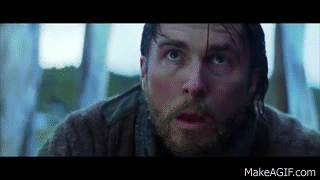
Elliptical Editing: Elliptical editing is a filmmaking method in which a long period of material that is not totally required for the main plot of the film is condensed and compressed to give a more intriguing completed sequence.

Long Takes: A long take is a shot that lasts far longer than the film's typical editing tempo. Long takes frequently necessitate complex camera movement and blocking.
Cutaway: The cutaway shot is an editing technique that you'll find in practically every film and TV show. A cutaway shot is a supplemental shot that travels away from the primary action to highlight something else in the scene, such as an object or place.
Cut-Ins: Cut-ins are used to focus on a single section of a scene, providing a close-up or detailed perspective of a particular point of focus. Cut-ins can improve the tone or comprehension of a scene while also adding to the scene's continuity.
L-Cut: An L cut is when the audio from the previous scene overlaps the picture from the following scene and continues playing over the beginning of the next scene.
J-Cut: Similar to an L cut, a J cut is when the audio from a following scene overlaps the picture from the preceding scene so that the audio portion of the later scene starts playing before the next scene as a transition to the visual cut.
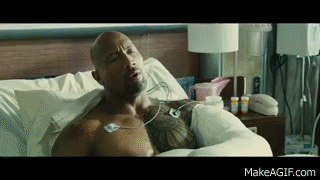
Eyeline Match: Eyeline match is a film editing technique to indicate to the audience what a character is seeing.
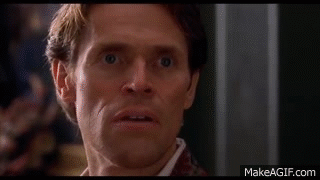

Establishing Shot: Establishing shots introduce new scenes and tell the viewer where and when the action is happening. They can also set up a point of view or help develop character.

Match on Action: Match on action is where the scene cuts from one shot to another view that matches the first shot's action.
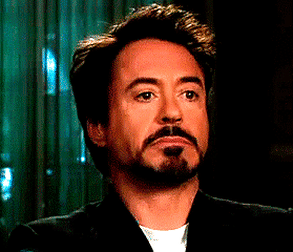
Reaction Shot: A reaction shot is a shot that cuts away from the main scene in order to show the reaction of a character.
Shot/Reverse Shot: Shot/reverse photographed is a cinematic technique in which two people in the same scene are shot independently utilising different camera angles. The scene then shifts to a reverse aspect, so we watch character A and subsequently observe character B's reaction. This is done in a situation where two characters are conversing.
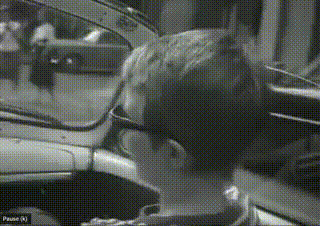
Jump Cut: A jump cut is an edit to a single, consecutive shot that gives the action the appearance of leaping forward in time. Following the cut, the person may appear in a new posture, with a different attitude, or with a little changed camera position.

Flashback/Flash Forward: A flashback/flash forward is when a sequence is inserted into a scene which depicts events of the past or show events that will take place in the future.
Graphic Match: A graphic match cut is where the first and the second shot share the same shapes, colors, or composition.
Freeze Frame: A freeze frame is when everything in a scene stops in place no matter where it is for a short period of time.
Slow Motion: Slow motion is an effect in film-making whereby time appears to be slowed down.
Split Screen: The split screen is the combination of two or more scenes films separately that appear in the same shot.

.png)
30-degree rule: The 30-degree rule states that the camera positions between two consecutive shots should be separated by at least 30 degrees around the subject
180-degree rule: The 180-degree rule is used to define spatial connections between characters on-screen. By keeping your camera on one side of an imaginary line, you retain your characters' left/right connection and assist the viewer to maintain a feeling of visual continuity. As a result, the camera cannot rotate more than 180 degrees around the subject.
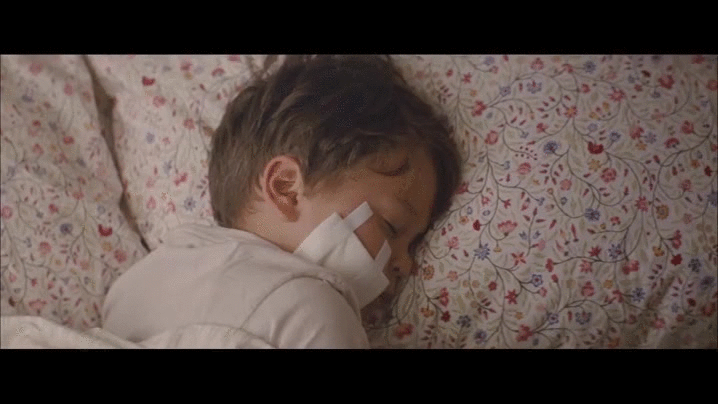
Fade: is when the scene gradually turns to a single color, usually black or white, or when a scene gradually appears on screen. Fade-ins occur at the beginning of a film or scene, while fade-outs are at the end.
LEARNING AIM B
TASK 6

TASK 7

Task 8

Task 9
